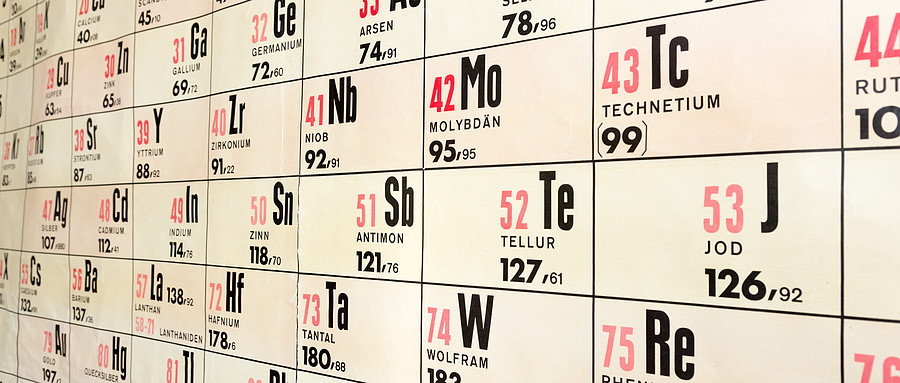




























Detect the presence of per- and polyfluoroalkyl substances (PFAS) in products, including common specific PFAS compounds such as PFOA (perfluorooctanoic acid), PFOS (perfluorooctane sulfonic acid), PFHxS (perfluorohexane sulfonic acid), etc. Ensure that products meet environmental protection and health standards and reduce potential risks to the environment and human health.

| Project Overview
Detect the presence of per- and polyfluoroalkyl substances (PFAS) in products, including common specific PFAS compounds such as PFOA (perfluorooctanoic acid), PFOS (perfluorooctane sulfonic acid), PFHxS (perfluorohexane sulfonic acid), etc. Ensure that products meet environmental protection and health standards and reduce potential risks to the environment and human health.
| Test Objective
1. Ensure that products comply with relevant PFAS control regulations of countries and regions.
2. Provide a basis for quality control for manufacturers and improve the environmental performance of products.
3. Promote the green and sustainable development of the industry.
| Test Standard
Relevant regulations: EU REACH Regulation, EU POPs Regulation, US Packaging TPCH Regulation, PFAS bans in US states, China's "List of Key New Pollutants under Control (2023 Edition)", Japan's Chemical Substances Control Law and other relevant PFAS regulations of countries and regions.
Test standards:
1、ASTM D8421 Standard Test Method for Determination of Per- and Polyfluoroalkyl Substances (PFAS) in Aqueous Matrices by Co-solvation followed by Liquid Chromatography Tandem Mass Spectrometry (LC/MS/MS)
2、ASTM E3302 Standard Guide for PFAS Analytical Methods Selection
3. CEN/TS 15968 Determination of extractable perfluorooctanesulphonate (PFOS) in coated and impregnated solid articles, liquids and fire fighting foams. Method for sampling,extraction and analysis by LCqMS or LC-tandem/MS and other relevant test standards
| Service Products / Fields
Textiles, non-stick pan coatings, waterproof and stain-resistant products, electronic products, food packaging, etc.
| MTT Advantages
1. Professional Team: Equipped with a number of highly experienced testing engineers and technical experts.
2. Advanced Equipment: Equipped with internationally leading testing instruments to ensure accuracy and reliability of results.
3. Efficient Services: Rapidly responding to customer needs and providing one-stop testing services.
4. Authoritative Certification: The laboratory is certified by ISO/IEC 17025, ensuring that test reports have international credibility.